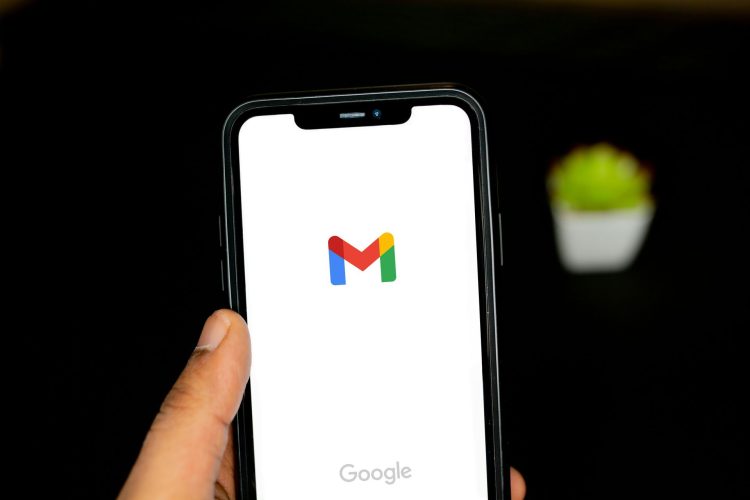- Google’s new system aims to significantly reduce spam and phishing attempts by requiring bulk email senders to use authentication protocols (SPF/DKIM/DMARC)
- Senders must maintain high-quality content and practices (low spam rates, avoid headers that mimic Gmail) or risk email delivery issues or outright bans
- Google expects the system to significantly improve Gmail’s security by blocking over 99.9% of spam, phishing, and malware
- To further improve email security, users should check senders and links, pay attention to attachments, and report suspicious emails
Google has introduced a new email authentication system to protect Gmail users from spam and phishing attacks. The system aims to significantly improve email security and better protect users against phishing attempts.
What does the new system offer, and how does it work? Let’s examine it closer.
Google promises better phishing protection in Gmail
One of the new system’s highlights is that bulk senders who send more than 5000 emails daily must implement the SPF/DKM and DMARC email authentication protocols.
Google has released new email-sending guidelines to improve Gmail users’ experience and reduce spam and unwanted emails. These guidelines will take effect on June 1, 2024, and will include new rules for bulk email senders.
On the other hand, bulk email senders must avoid sending messages with illegal or unwanted content. They should also keep their spam rate below 0.3% and avoid using phrases that mimic Gmail in their “From” headers.
Senders who do not comply with the new system must consider the risk that their emails may encounter temporary problems or be banned altogether. As of April 2024, emails that do not comply with the system will reportedly be completely banned by Gmail and will not reach inboxes.

Google claims the new email authentication system will block over 99.9% of spam, phishing attempts, and malware. This will make Gmail a safer platform for users and protect against internet scams.
Users should take some precautions to improve email security. For example, they should check the sender, check before clicking on links, scan and download attachments, avoid sharing information, and delete or mark suspicious emails as spam.
Gmail‘s new email authentication system has the potential to improve email security significantly. In addition to the system, you can use Gmail more securely and protect against phishing attacks by taking the additional precautions I mentioned above.
Email security is an important aspect of staying safe online. Being aware of this issue and taking the necessary steps will help protect you against internet scams.
Featured image credit: Solen Feyissa / Unsplash





